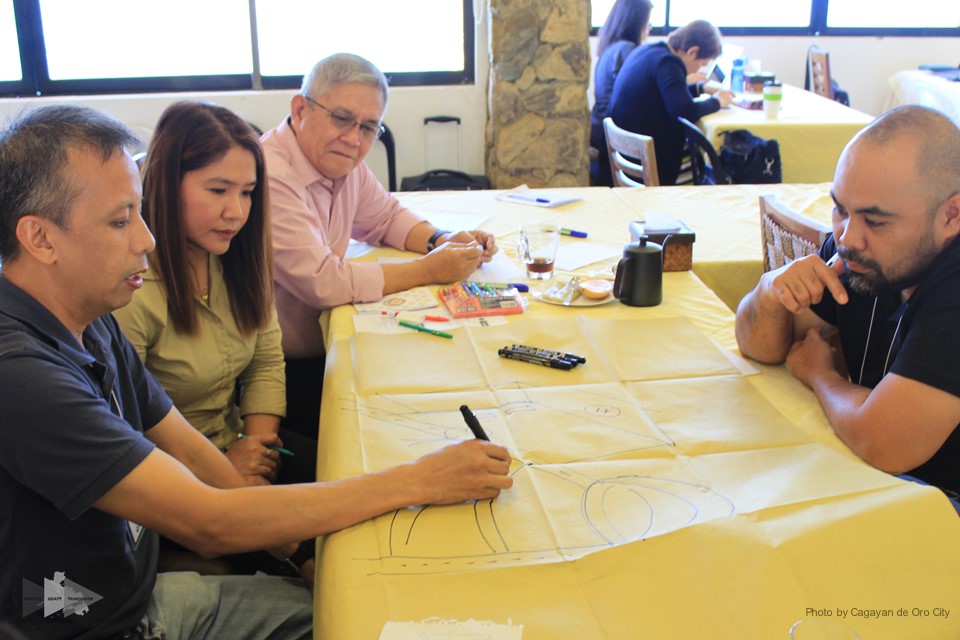Tag: Events
-

Megacities at Risk: Engineering Resilience to Seismic Hazards
April 25, 2019Manila Polo Club, Makati City Photos by the Carlos P. Romulo Foundation
-

-

The shock of earthquakes
By Amb. Roberto R. Romulo It is pure coincidence that our conference on “Megacities at Risk” takes place two days after the Zambales earthquake which affected Metro Manila. Personally, I was just as shocked as the rest of Manila. Many hotels, apartments and office buildings had evacuation procedures in place and they should be commended. …
-

Earthquake conference highlights importance of collaboration
Ambassador Roberto Romulo, Carlos P Romulo Foundation (CPRF) Chair and National Resilience Council (NRC) Convenor, delivered the welcoming remarks at the Megacities at Risk Conference. He stressed that the occurrence of a 6.1 earthquake which rocked Metro Manila and Pampanga provided the urgent food for thought on how the Filipinos should plan and prepare for…
-

Resiliency Leadership Program Workshop 1 – Cagayan de Oro City
February 26-28, 2019Chali Beach Resort, Cagayan de Oro City
-

NRC president chairs panels at disaster management congress
National Resilience Council (NRC) President Ms. Antonia Yulo Loyzaga joined the January 29-February 1, 2019 World Congress on Disaster Management (WCDM) in Mumbai, India, where she presented during a plenary on “Response, Relief, Reconstruction, Recovery & Development” and chaired the sessions on “Agriculture, Livelihoods and Resilience” and “Disaster Resilient Cities”. The 3-day event is an…
-

NRC executive director presents scorecard at UNDRR events
National Resilience Council (NRC) Executive Director Ms. Malu Erni represented the organization at the ISDR-Asia Partnership (IAP) Forum and the Regional Consultative Workshop on Disaster Risk Reduction Strategies, both held in Bangkok, Thailand. The 2018 IAP Forum, held from 11-12 December 2018, served as a platform to assess the implementation of the Sendai Framework and…
-

2018 Top Leaders Forum: Strengthening multi-stakeholder collaboration
The United Nations Office for Disaster Risk Reduction (UNISDR) and Private Sector Alliance for Disaster Resilient Societies (ARISE) in the Philippines, in partnership with SM Prime and the National Resilience Council (NRC), held the 7th Top Leaders Forum on 29 November 2018 at the SMX Convention Center in Pasay City. “Disasters derail progress,” said SM…
-

ARISE Philippines and NRC hold Forum on Understanding Risk and Resilience
Fifty-eight representatives from the government, private sector, academe, professional organizations, non-government and civil society organizations gathered at the Forum on Understanding Risk and Resilience last 12 October 2018 at the SMX Convention Center Aura in Taguig City. The Private Sector Alliance for Disaster Resilient Societies (ARISE) in the Philippines, SM Prime and the National Resilience…